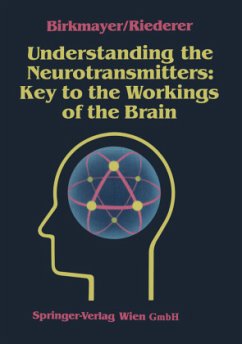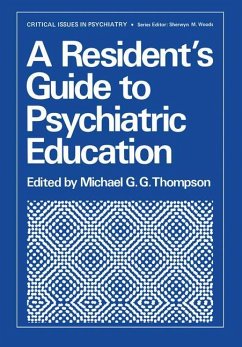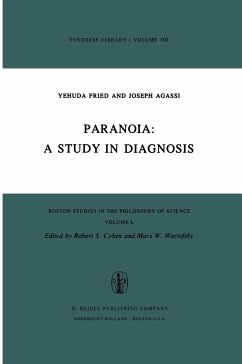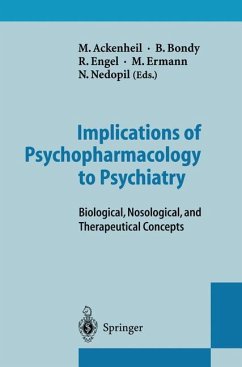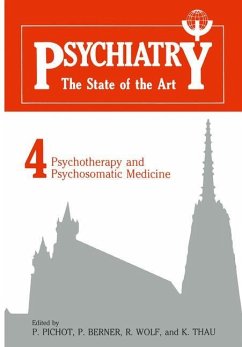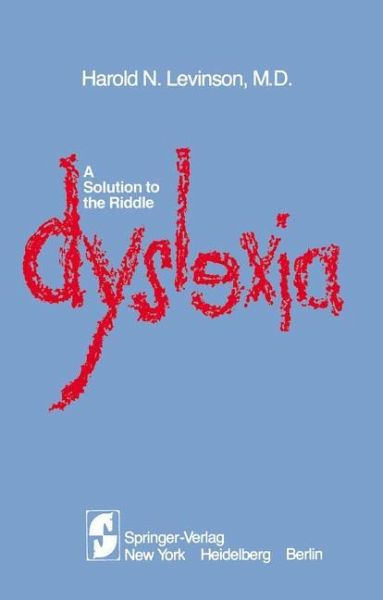
A Solution to the Riddle Dyslexia

PAYBACK Punkte
20 °P sammeln!
Dyslexia was first described by two English physicians, Kerr and Morgan, in 1896. Interestingly, the structural cortical hypothesis initially proposed by Morgan is still held in wide esteem, albeit in slightly modified forms. Despite 80 years of escalating research efforts and mounds of correspond ing statistics, there continues to exist a perplexing diagnostic-therapeutic medical void and riddle in which dyslexics can neither be scientifically distinguished from other slow learners nor medically treated; and patho gnomonic clinical signs remain as elusive as a suitable neurophysiologic concep...
Dyslexia was first described by two English physicians, Kerr and Morgan, in 1896. Interestingly, the structural cortical hypothesis initially proposed by Morgan is still held in wide esteem, albeit in slightly modified forms. Despite 80 years of escalating research efforts and mounds of correspond ing statistics, there continues to exist a perplexing diagnostic-therapeutic medical void and riddle in which dyslexics can neither be scientifically distinguished from other slow learners nor medically treated; and patho gnomonic clinical signs remain as elusive as a suitable neurophysiologic conceptualization. This book is the outcome of a IS-year-Iong search for a solution to the riddle characterizing dyslexia. All of my initial attempts at re-exploring the safe old (cortical, psychogenic, etc.) dyslexic paths and ideas led nowhere. Something new was needed. Children and adults were suffering. Educators and parents were bewildered. Answers were needed. The government man dated equal education for the learning disabled. Clinicians were waiting. And traditionalists remained fixated to the theoretical past and blind to the clinical dyslexic reality.



